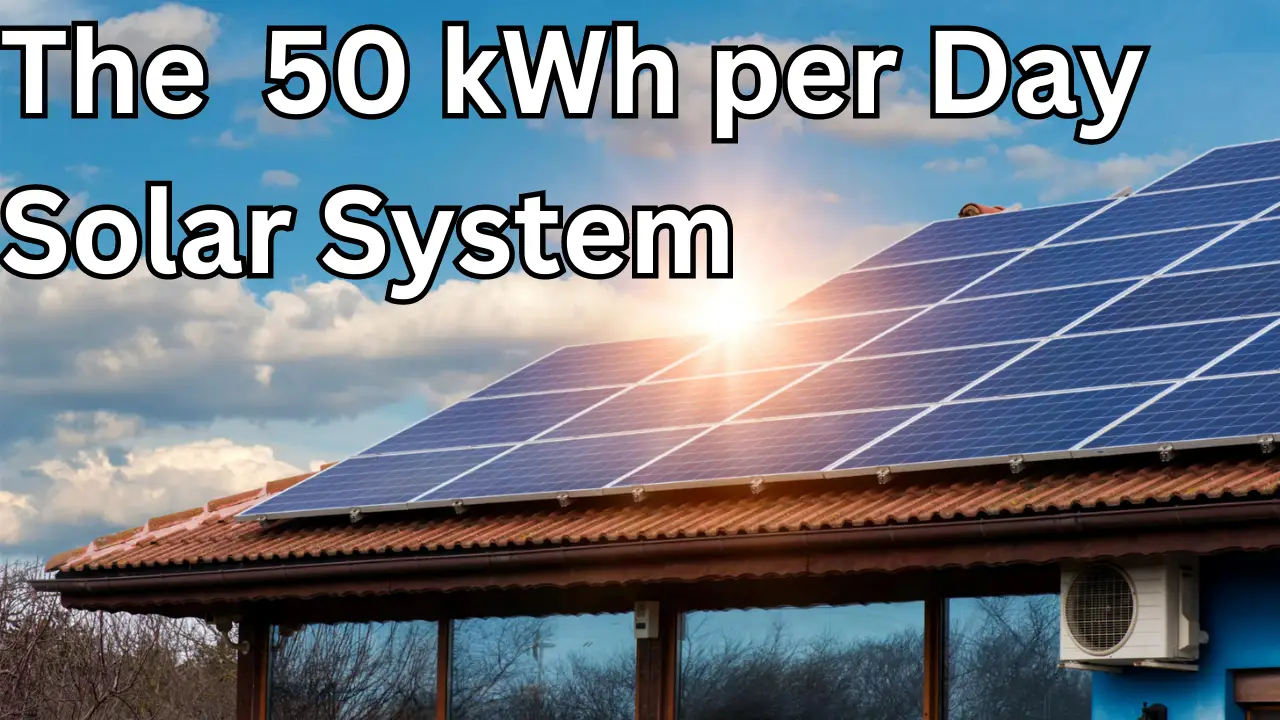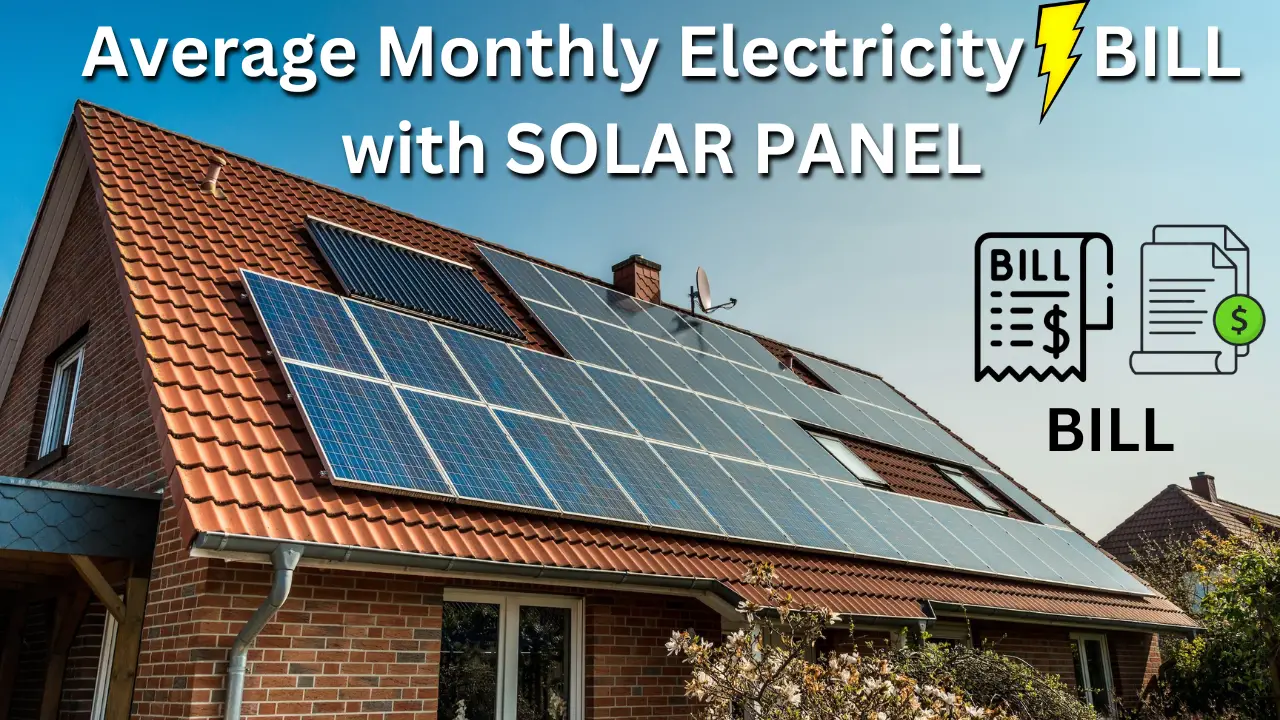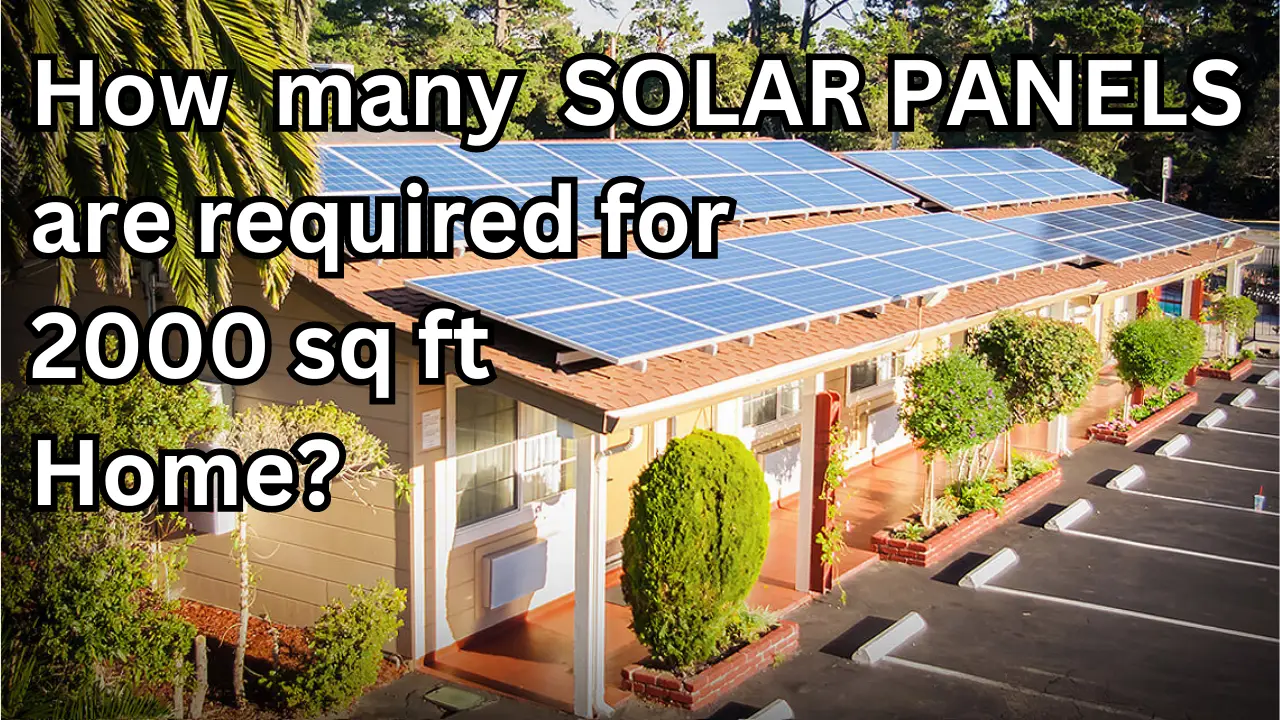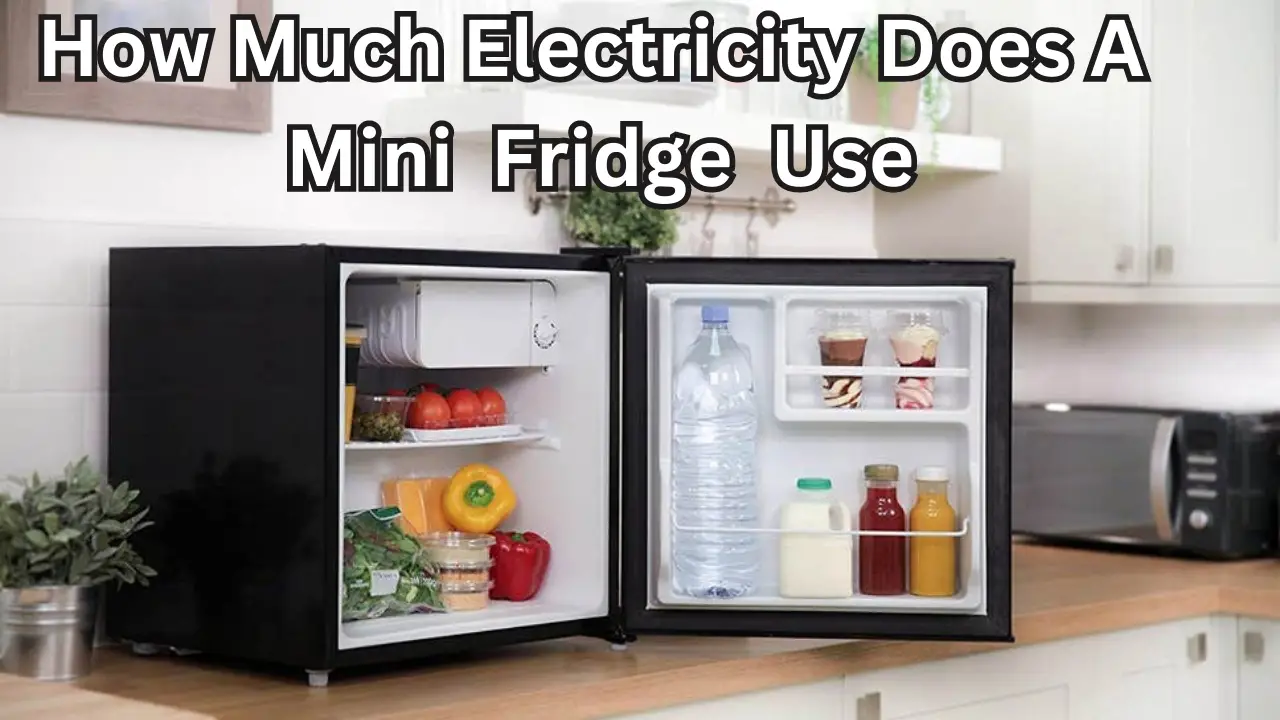In recent times solar energy has risen to the top among renewable energy sources. Solar power systems have grown in popularity for both residential and commercial uses because of technological breakthroughs and falling costs. The 50 kWh per day solar system has gained significant attention among the various solar configurations available.
This article explores the features, benefits, and considerations associated with this solar system, highlighting its potential to revolutionize our energy landscape.
The 50 kWh per day solar system is a photovoltaic system that generates 50 kilowatt-hours of electricity daily. It has solar panels, an inverter, a battery storage system, and other parts. This system is designed to meet the daily electricity demand of a typical household or small commercial establishment.
Understanding the 50 kWh per Day Solar System
It’s like having your very own powerhouse with the 50 kWh per day solar system! This unique photovoltaic (P.V.) system produces a staggering 50 kilowatt-hours of electricity each and every day.
Solar panels, an inverter, a battery storage system, and other crucial components make up this fantastic system. Its main purpose? To provide more than enough clean energy to meet the daily electricity needs of your cozy home or small business.
Components of the 50 kWh per Day Solar System
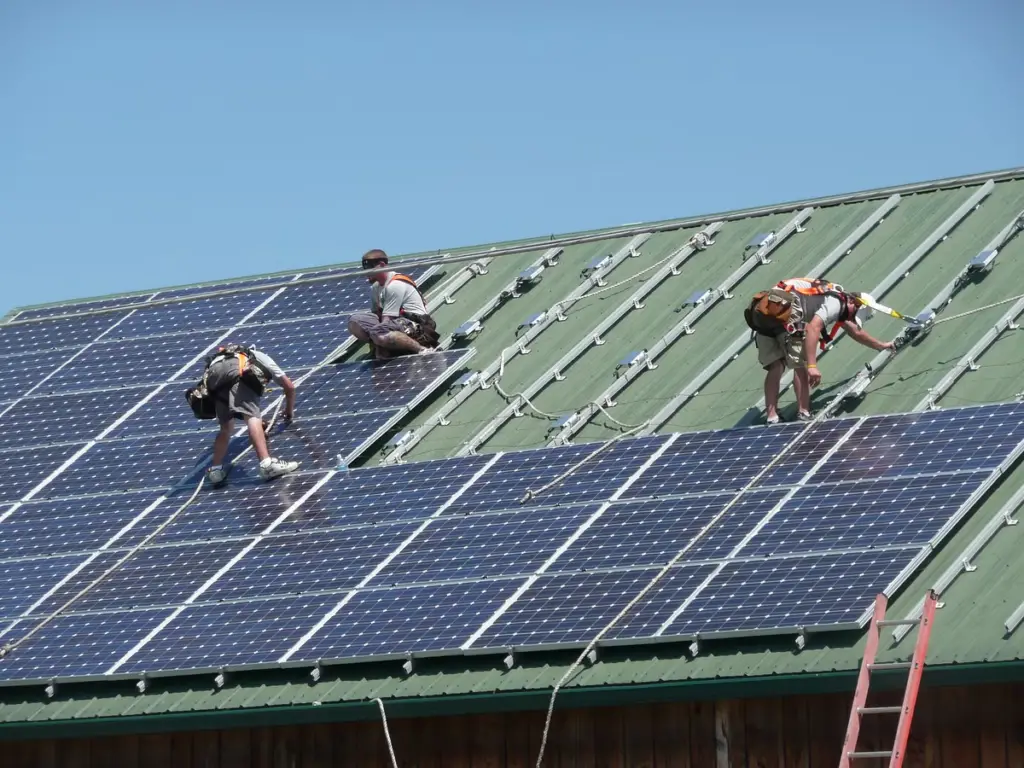
- Solar Panels: At the heart of the solar system, solar panels consist of interconnected photovoltaic cells that convert sunlight into electricity. The number and wattage of panels depend on factors such as location, energy requirements, and available roof space.
- Inverter: Solar inverters change the direct current (D.C.) eD.C.ricity generated by solar panels into alternating current (A.C.) eA.C.ricity that may power devices and appliances in the home.
- Battery Storage System: Batteries store excess energy generated by the solar panels during the day, allowing for nighttime usage or during periods of low sunlight. Lead-acid and lithium-ion batteries are two common battery types.
- Monitoring and Control System: This component enables users to monitor the performance of the solar system, track energy production, and manage energy consumption.
What Can 50 kWh of Solar System Power in Your Home’s Energy System?
You could run your desktop computer continuously for 13 days (about two weeks) with 50 kWh of solar power coming into your home each day.
A 2.5-ton central air conditioning system might run for 14.3 hours (yep, A.C. is an energy hog). So long as you aren’t running your air conditioning continuously throughout the day, solar can meet your home’s energy needs for A.C.
You can also bake for 25 hours at 350°F in your electric oven with 50 kWh of solar energy per day; however, your pie might be somewhat overdone as a result. A typical 50-gallon electric water heater uses 385 kWh per month, or 12.8 kWh per day, which is far less than the 50-kWh daily output of your fictitious house solar energy system.
Keep in mind that all of these calculations are based on a solar energy output rate of 50 kWh per day or 1500 kWh per month.
Types of 50kW Solar System
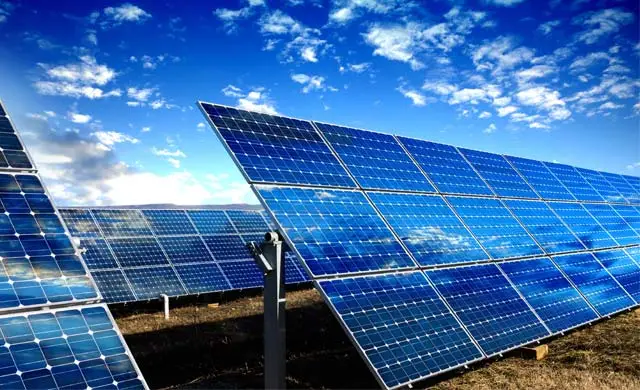
The three categories of solar power systems are mentioned below. Let’s go into these types so you can comprehend them better and select the one that is best for your location.
50kW On-Grid Solar System
A grid-tie solar system that is directly connected to the public grid is known as an on-grid solar system. The power you produce with this solar system will be used to power your load directly. The utility grid will fulfill your home’s or business’s electricity requirements if your solar panels are unable to generate any electricity throughout the night.
The extra power generated by an on-grid solar system over your load will be automatically fed into the utility grid. A solar system needs a distribution panel, a net metering setup, and an on-grid solar inverter to supply power to the grid. This mechanism, however, only functions when the primary government grid is accessible.
50kW Solar System Off-Grid
An off-grid solar system is a stand-alone system that functions independently without a utility grid. You will receive solar panels, an off-grid solar inverter, solar batteries, and other solar accessories in a 50kW off-grid solar system. This technology specifically offers extensive power backups during blackouts or at night.
Solar panels use the sunshine that they receive during the day to produce electricity that powers the associated load. Solar batteries can store any extra or unused solar energy, which will then be used as needed in the future. This 50kW off-grid solar system is perfect for distant locations without access to the government grid or where residents desire to generate their own energy independently of the utility grid.
50kW hybrid solar system
The benefits of solar power generated both on and off the grid are combined in a hybrid system. Both the federal grid and solar batteries can be used to connect to it. When there is no grid availability, the load can run thanks to solar batteries.
Solar batteries serve as a helpful storage solution to save extra energy for future use, particularly when a solar power system generates more electricity than what is currently needed. When there is a power outage or when the system generates less electricity than required, this stored energy can still be utilized.
Also, a hybrid solar system can be connected to the utility grid to draw power from it. You can use net metering to export electricity to the government as a result.
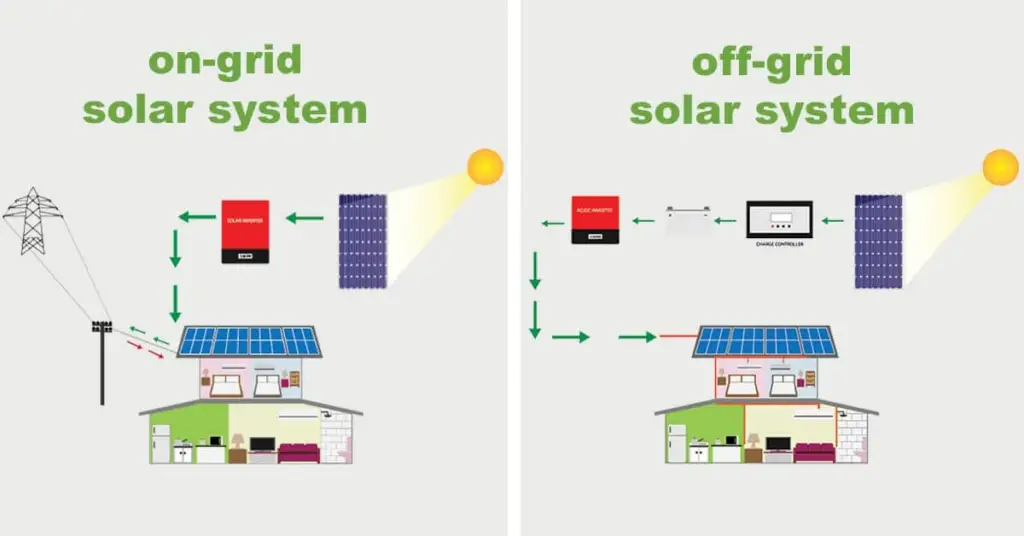
How much power does a 50kW system produce?
A 50kW solar system’s power production might change depending on a number of variables. The system’s placement in relation to other factors is one of the main ones. Different regions receive varying amounts of sunlight due to their climate and latitude.
The operation of the system is also susceptible to being impacted by external factors that are not fundamental to the system itself. These factors encompass variables like the positioning and inclination of the solar panels, the occurrence of shadows, the temperature at which both the panels and inverter operate, as well as the efficiency of each individual component comprising the system.
According to a rough estimate, a solar power system with a capacity of 50 kW installed in the United States can produce an average of 4 kWh per installed kW each day. This would amount to a total energy production of around 200kWh per day for a business or home utilizing such a system.
However, it’s important to note that the specific power output will vary based on the system’s location within the country. Different regions in the U.S. reU.S.e varying amounts of sunlight.
States in the southwest of the United States, like California and Arizona, for instance, frequently have high solar potential due to their climate’s abundance of sunshine, which leads to increasing levels of energy output. On the other side, because of their greater cloud cover or overcast weather, the Northeast or the Pacific Northwest may have lesser solar potential.
Seasonal fluctuations also impact the production of electricity. The power output of a 50kW solar system in the U.S. duU.S. the winter may be lower than during the summer when there are more daylight hours due to shorter days and less strong sunshine.
It’s essential to consult with a solar professional or use solar energy calculators specific to your location within the United States to obtain more accurate estimates for the power output of a 50kW solar system. They can take into account factors like local climate, solar potential, and seasonal variations to provide a more precise assessment tailored to your needs.
How much does a 50kW solar system cost?

Solar power systems are available in the U.S., cU.S.ting between $2.1 and $2.95 per watt. The price of a solar system that produces 1500 kWh per month (50 kWh per day) will therefore fall between $23,520 and $33,040.
Due to several elements, such as rooftop conditions and battery backup, that affect the cost of a solar system, you could also need to spend some additional money for the solar installation in addition to what was described above. Some of the most important factors are listed below.
Factors that can influence the cost of the solar system
Type of rooftop: A flat rooftop requires more structure and requires more time to build than an inclined rooftop; hence the cost of installation is higher for a flat rooftop.
Types of solar panels: There are two types of solar panels: monocrystalline and polycrystalline. Solar panels with monocrystalline crystals cost more than those with polycrystalline crystals. Contrarily, monocrystalline is more compact and effective.
For roofs with fewer shadow-free zones, monocrystalline panels are ideal.
Solar inverter type: Micro-inverters and string inverters are the two types of solar inverters utilized in rooftop solar systems. In contrast to string inverters, which are located in your homes and to which D.C. D.C.es from all of your solar panels are attached, micro-inverters are directly mounted on each solar panel.
Although using a string inverter is less expensive, micro inverters perform far better in terms of efficiency and the solar system’s expandability. Additionally, micro-inverters have a 25-year warranty compared to a 5-year warranty for string inverters.
Battery Backup: If you want the added benefit of battery backup alongside solar power to keep your electricity running during a power outage, it will come at an additional cost. The price of a battery backup system is decided by the size of the battery bank, which depends on the duration for which you need the backup power to last and how well it can meet your electricity demands.
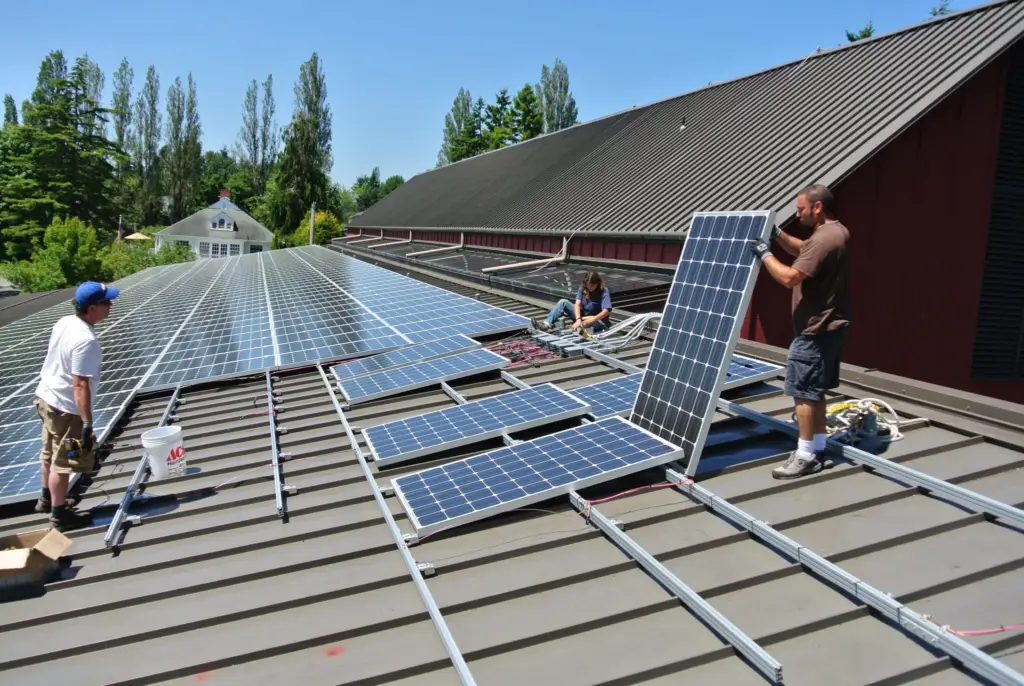
FAQs
Can a solar system that produces 50 kWh per day power an entire home?
A solar system generating 50 kWh per day might be sufficient to power the entire home, depending on the energy requirements and consumption patterns of the household. Analyzing the household’s typical daily energy usage and contrasting it with the solar system’s output is crucial.
A 50 kWh per day solar system might be adequate in some circumstances, but in others, more energy sources or storage options might be needed to suit the household’s demands.
How much space is needed for a 50 kWh per day solar system?
The size and effectiveness of the solar panels being used determine how much room a solar system needs to produce 50 kWh per day. Generally, a system of this capacity might require approximately 300 to 500 square feet of roof space for panel installation. However, ground-mounted systems can be an alternative if roof space is limited.
Conclusion
In conclusion, the 50 kWh per day solar system offers a sustainable and efficient solution for meeting the energy needs of a household or small commercial establishment. With its components and storage capabilities, this solar system provides clean energy generation and the flexibility to store excess power for later use. Investing in a 50 kWh per day solar system can reduce reliance on traditional energy sources and contribute to a cleaner future.

